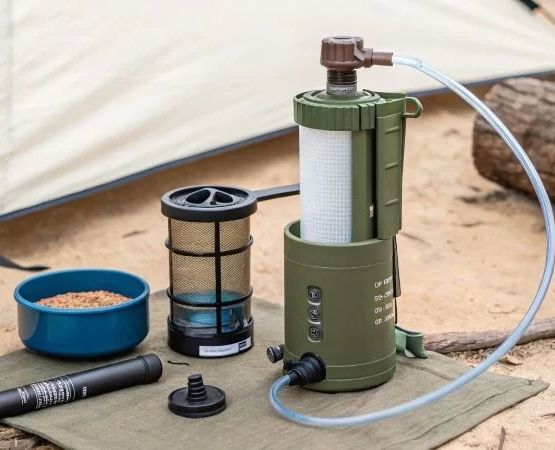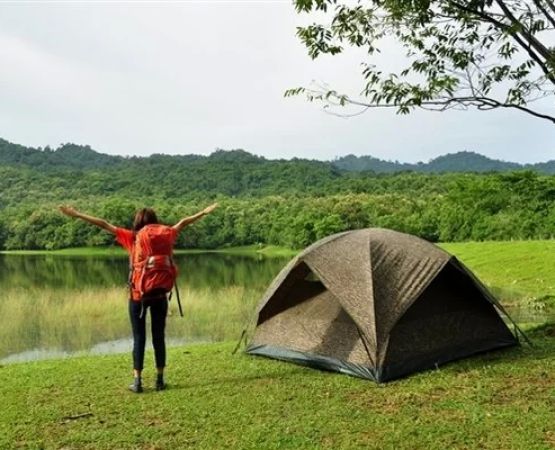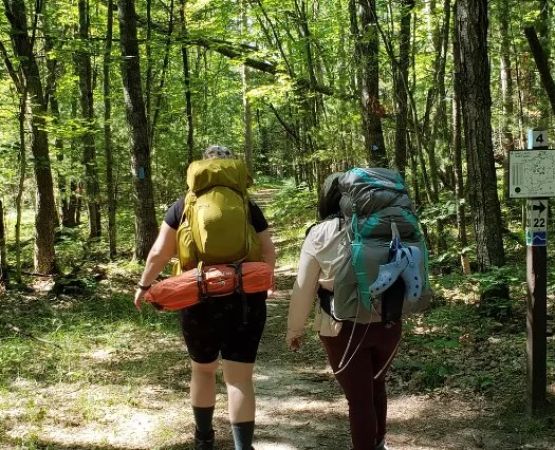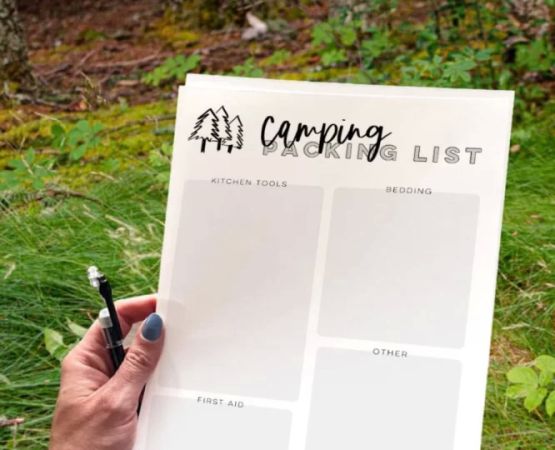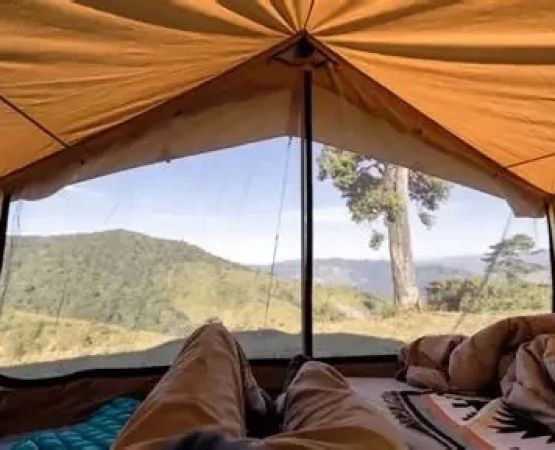Choosing the Right Campsite for Adventure Sports: A Personal Guide to an Epic Outdoor Experience
When it comes to adventure sports, choosing the right campsite is just as important as choosing the right gear. I learned this firsthand when I went on a kayaking and hiking trip a few years ago. After days of paddling through pristine rivers and trekking through rugged trails, I realized that the campsite we picked was crucial to making the experience unforgettable. Whether you're into kayaking, rock climbing, mountain biking, or just about any other adventure sport, the campsite sets the tone for your entire outdoor adventure. In this article, I’ll share my personal insights and advice on how to choose the perfect campsite for adventure sports.
1. Understanding the Role of a Good Campsite for Adventure Sports
As someone who enjoys adventure sports, I've come to understand that a campsite is more than just a place to pitch a tent. It’s your base camp for relaxation, recovery, and preparing for your next adventure. The campsite plays a crucial role in ensuring that you’re well-rested, comfortable, and ready to tackle the next day’s challenges. A poor campsite can detract from the whole experience—whether it’s a noisy, overcrowded spot or one that’s located too far from the activity locations. The perfect campsite should blend convenience, safety, and comfort while still offering access to the adventure sports activities you’re passionate about.
From my own experience, I’ve learned that location, terrain, facilities, and weather conditions are the main factors that make a campsite ideal for adventure sports. I'll break each of these factors down in detail so you can make the best decision for your next adventure.
2. Consider the Proximity to Adventure Sports Activities
When I first started planning for adventure sports camping trips, the proximity of the campsite to the activities I wanted to do was my number one priority. After all, if the campsite is too far from where the action happens, you’ll end up spending valuable time traveling back and forth instead of enjoying the outdoors. For example, during one of my mountain biking trips, I chose a campsite that was right next to the bike trails, which saved me a lot of energy and time. I didn’t have to waste an hour driving to the trailhead every morning—everything was right there, ready for me to explore.
Before you choose a campsite, do some research on the specific adventure sports activities in the area. Whether you plan to go hiking, kayaking, or rock climbing, ensure that the campsite is located near these areas. You can often find information on popular outdoor recreation websites or speak with local guides who can provide recommendations for the best campsites near adventure sports hotspots.
3. Evaluate the Terrain and Landscape
One of the most important lessons I learned was how the terrain affects both your comfort and safety when camping for adventure sports. Different sports require different types of terrain, and the terrain also impacts your ability to set up camp comfortably. For example, when I went hiking in the mountains, we picked a campsite with a flat, stable surface, away from loose rocks and steep slopes. This not only ensured our tents stayed upright but also reduced the risk of injury.
Similarly, if you're kayaking or canoeing, a campsite near the water’s edge, but not right next to it, is ideal. You want easy access to the water for launching your boat, but you also want to avoid the risk of flooding, which can happen when setting up camp too close to rivers or lakes. The landscape around the campsite can also enhance your experience—stunning views, wildflower meadows, or quiet forested areas all add to the serenity and enjoyment of the trip.
4. Access to Amenities and Facilities
While some adventure sports enthusiasts prefer roughing it in the wild, I’ve learned that having a few key amenities at the campsite can greatly improve your overall experience. Basic facilities like clean drinking water, restrooms, and cooking areas can make a huge difference after a long day of outdoor activity. On one of my kayaking trips, I opted for a campsite with access to clean water and restroom facilities. This allowed me to focus on my activities without worrying about the basics.
Another key consideration is the campsite’s proximity to emergency services. While we all hope that nothing goes wrong, accidents can happen during adventure sports. During my last rock climbing trip, I made sure to choose a campsite that was located within reasonable distance of the nearest town or park ranger station. It’s important to have that peace of mind knowing help is nearby in case of an emergency.
5. Weather Conditions and Seasonal Considerations
When choosing a campsite for adventure sports, it’s essential to consider the weather conditions and the time of year. I learned this the hard way during a winter snowshoeing trip. We had chosen a beautiful campsite located high in the mountains, but the weather was colder and more unpredictable than we anticipated. We weren’t properly prepared for the extreme cold and ended up cutting our trip short.
To avoid this, I now always check the climate and seasonal conditions of the area before booking a campsite. You should know what the weather will likely be like during your trip so you can pack accordingly. If you’re planning a summer camping trip, try to choose a campsite with some shade or near water to keep cool. In the winter, ensure that the campsite has proper shelter and adequate protection from the wind.
6. Check for Accessibility and Restrictions
Another factor I always consider when selecting a campsite for adventure sports is accessibility. How easy is it to get to the campsite? Some adventure sport locations, such as remote rock climbing spots or backcountry hiking trails, may require a bit of a hike to reach the campsite. While this can add to the adventure, it’s important to ensure you can easily transport your gear to the campsite. I’ve experienced situations where I had to hike in with heavy equipment, and it wasn’t much fun, especially after a full day of activity.
Moreover, you should always check for any restrictions in the area, such as campfire bans, noise regulations, or specific hours when you’re allowed to enter certain areas. Many popular adventure sports locations have regulations to protect wildlife or preserve the natural beauty of the landscape. Checking for any restrictions in advance will save you time and headaches later on.
7. Budgeting and Cost-Effectiveness
For many, the cost of camping can be an important factor when planning an adventure sports trip. I’ve learned that while some campsites may be free or low-cost, others might require reservations or entrance fees, especially in popular areas. One of my favorite places to camp for kayaking and fishing offered both primitive and developed campsites. The developed sites had higher fees but included amenities like electrical hookups, while the primitive sites were more affordable but lacked amenities. I’ve found that balancing cost with the available amenities is essential to get the best value for your trip.
Consider looking for national parks, state parks, or other public lands where camping is often more affordable. There are also discounts available for certain groups, such as veterans, seniors, or members of organizations like the National Parks Association. The key is to choose a campsite that fits within your budget but still provides the necessary facilities for your adventure sports needs.


